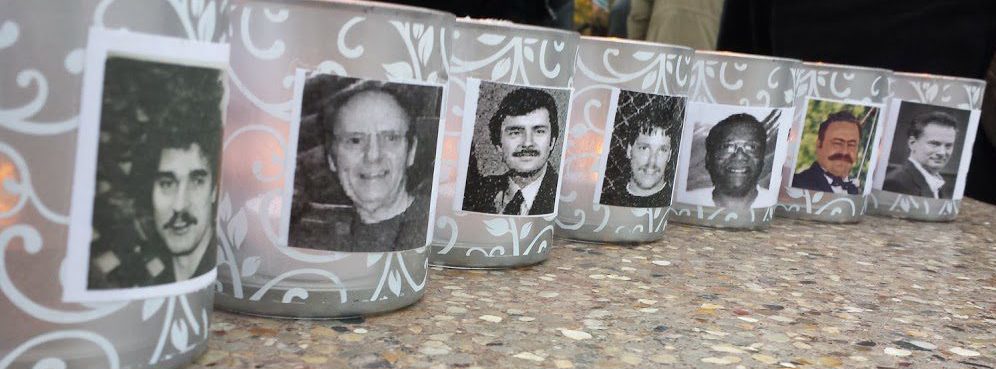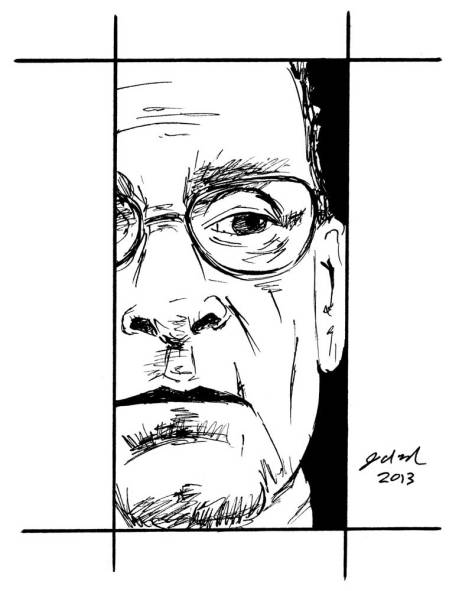My good friend and partner, Johnny Johnson, also a retired crime scene expert, openly states, “It is my belief that we have the best system in the world because of our ability to go back and fix what is broken.” His faith rests with a dominance of ethics over power and competitiveness to win. He believes that those in power who continue to abuse the system will have no choice but to comply to set standards or lose integrity altogether. Observing the system from my vantage point of citizen advocate for the wrongfully convicted, albeit with an accelerated education of the absolute worst and best case scenarios, I hope he’s right.
As citizens it is our right to be granted fair and unbiased representation and characterization. But in many cases the obligation on the side of the courts to provide this has become lax therefore, a grave concern. Corruption seems to be rampant and I’m no longer blinded to this reality within a system run by fallible human beings. I no longer assume the intentions of the authorities are to maintain integrity. But to be fair, I’ve also seen within the same system, a side of humanity that is made up of people who value lives and do their best to maintain dignity and decency for both their clients, and the law. How does one become corrupt? Why do they think unethical behavior is acceptable? How do they manage to get away with it? My final question as I throw my hands in the air is, why has it taken so long to acknowledge that this problem is real and that it needs fixing?
The good news according to the National Registry of Exonerations is that sixty-seven of the 125 exonerations from last year resulted from the cooperation of both former and current law enforcement officials. This is partly due to the advancements in science and recent laws instituting new legal practices such as police lineups. The emergence of conviction integrity units based in the offices of prosecutors across the country has also contributed to this occurrence. I am encouraged by the likelihood that exoneration numbers will continue to rise. The more time and energy we devote to studying and reversing wrongful convictions, the closer we will come to fixing our tarnished system.
For close to six years Johnny and I have witnessed the convoluted process of reversing a wrongful conviction close up, which has been an uphill battle every step of the way. The process is laboriously slow, taking much more effort to undo what was so easily concocted. Sadly, the opposition resists even when new and damning details emerge that disprove their theories. At our current juncture in the Monfils case as we observe the legal process from the sidelines and see how the legal wheels spin, we sympathize with how difficult it is to the victims who are more intimately involved. However, even though we’ve a ways to go yet, I’m optimistic for a suitable and just ending.
On March 24, 2015, a third and final response was filed in the Monfils case by the law firm. There’s a conference call scheduled for April 15th between the legal team and the assigned judge to discuss the additional findings and what the next move will be. Only time will tell whether a hearing will be granted to decide if a new trial is warranted.
The legal brief is fifty-nine pages long. The most disturbing aspect is on pages 23-25 which alludes to the blatant manipulation and the terrorizing of young children, five and seven years old, in a desperate attempt to convict innocent men!
A related news story appeared on the evening news on March 31st in Green Bay. It should have been about the filing but is overshadowed by a lesser story about Keith Kutska’s parole eligibility on April 1st, 2015. It leaves out a major element; the fact that Kutska is being represented for free by the highly respected Minneapolis law firm of Fredrikson&Byron; the firm that has been filing these motions. The story lacks details from the brief that were absent from the original trial and most certainly would have compelled the jury to find these men innocent. For instance, they didn’t relay how David Weiner, a key witness, was given a reduced sentence for his false testimony, or that Brian Kellner, a second key witness, was threatened with losing his children if he did not cooperate with the authorities. Nothing was disclosed to the viewers about why the theory of suicide is more plausible then the murder theory, or how the jury never heard about the possibility of suicide. The story addresses the coroner’s findings that the injuries on the body reveal a beating that had taken place. But it never weighs in on the fact that the body was immersed inside the vat near an impeller blade for upwards of thirty-six hours, that it was discolored, bloated and in an advanced state of decomposition. It never suggests the improbability of the coroner’s ability to determine the cause of death.

Michael Piaskowski exonerated and released on April 3, 2001
Frustration emerges when these stories briefly state that Michael Piaskowski was exonerated of this crime by a federal judge but never offers an explanation of why. I say let’s delve into that circumstance. Let’s disclose those details. These men were all tried together. The jury was warned that all evidence does not pertain to all of the men. Is it realistic to think that over a month’s time they could keep all of the evidence straight? Obvious to me is the confusion experienced by each of the jurors and that this was the sole intent in convicting these men.


